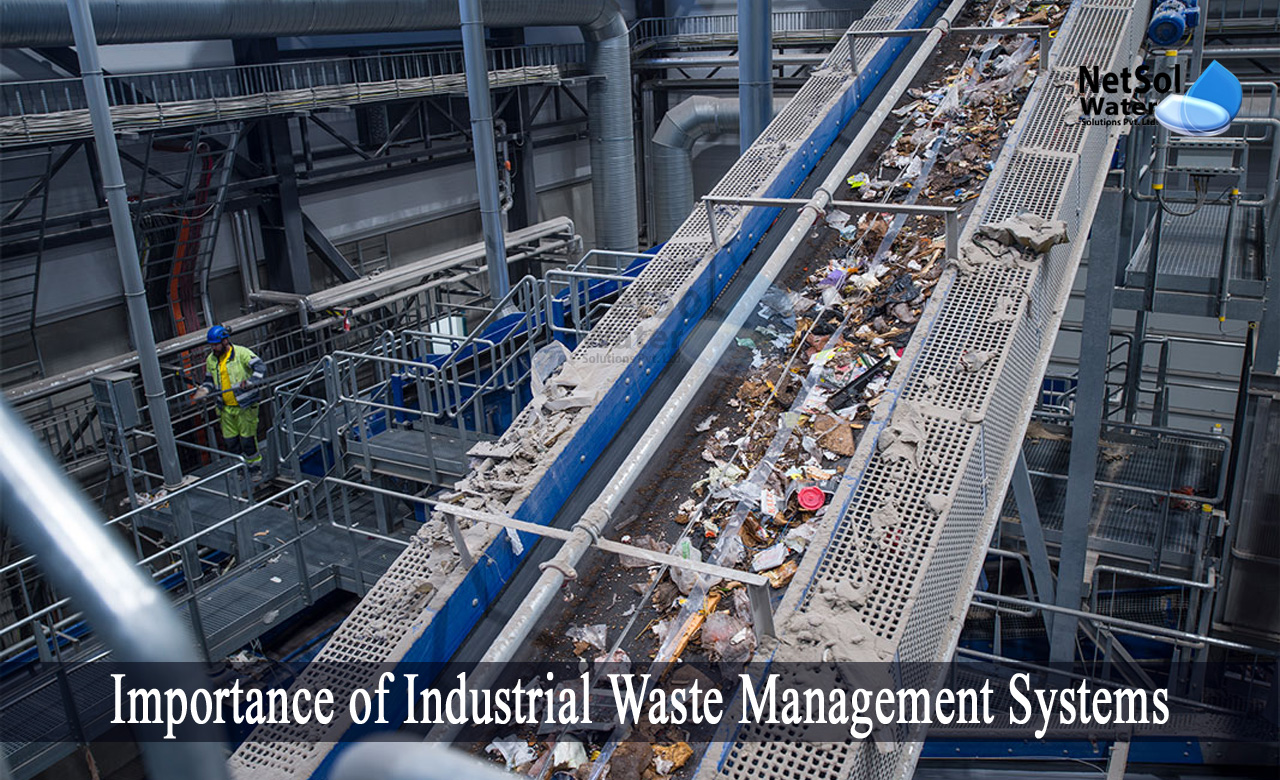The Of Reclaim Waste
The Of Reclaim Waste
Blog Article
The smart Trick of Reclaim Waste That Nobody is Talking About
Table of ContentsWhat Does Reclaim Waste Mean?The 25-Second Trick For Reclaim WasteThe Best Strategy To Use For Reclaim WasteThe smart Trick of Reclaim Waste That Nobody is Talking AboutUnknown Facts About Reclaim Waste
Discover the types, events, and types of liquid waste. Domestic sewer waste refers to the waste and items from a household sewage-disposal tank. This sort of waste is created by human beings in homes, colleges, and various other structures. This only includes sewage-disposal tanks that have a drainpipe field. The proper management and disposal of domestic sewage waste require liquid waste to be transferred to a sewage treatment plant where the correct techniques and tools are related to detoxify and dispose of waste.
Commercial waste often includes potential dangers, such as combustible materials or a blend of liquid and strong waste items, and calls for an advanced and detailed disposal procedure. The disposal of business waste generally entails the filtering of waste before transportation to ensure risk-free and appropriate disposal. Hazardous waste is produced from results and runoff of industrial processes and production.
This sort of waste can not utilize the same sewage monitoring transportation or processes as septic or industrial liquids. The commercial waste monitoring procedure needs the evaluation and screening of liquid waste prior to it goes through the disposal process (industrial wastewater treatment). Runoff waste is the fluid waste that originates from drainage and excess stormwater in extremely booming locations or cities
Runoff waste can trigger contamination and flooding otherwise managed correctly. Discover more about sewer cleansing and waste administration. Making sure proper waste management can stop disasters and reduce environmental injury. Both people in household settings and experts in business or manufacturing markets can gain from recognizing the processes and policies of liquid waste management.
The Best Guide To Reclaim Waste
Contact PROS Services today to learn more about our waste monitoring and disposal services and the correct ways to look after the fluid waste you generate.
(https://disqus.com/by/reclaimwaste1/about/)This supposed 'wastewater' is not only an essential source yet, after therapy, will be launched to our land, waterways or the sea. Made use of water from toilets, showers, bathrooms, kitchen area sinks, laundries and industrial procedures is understood as wastewater.

water utilized to cool down machinery or tidy plant and equipment). Stormwater, a type of wastewater, is drainage that flows from farming and urban areas such as roofings, parks, yards, roads, courses and rain gutters into stormwater drains, after rain. Stormwater streams neglected directly to local creeks or rivers, eventually getting to the ocean.
The Of Reclaim Waste
In Queensland, most wastewater is dealt with at sewer therapy plants. Wastewater is transferred from domestic or industrial websites with a system of sewage systems and pump terminals, known as sewage reticulation, to a sewage therapy plant.
The Department of Natural Resources encourages city governments about managing, operating and keeping sewage systems and treatment plants. In unsewered areas, city governments may need homeowners to install private or family sewage therapy systems to deal with domestic wastewater from commodes, cooking areas, bathrooms and washings. The Department of Natural Resources authorises the use of home systems when they are verified to be effective.
In some new communities, treatment of some stormwater to get rid of litter, sand and crushed rock has begun using gross pollutant catches. Wastewater therapy happens in four stages: Removes strong matter.
Wastewater then moves into big storage tanks where solids clear up and are removed as sludge. Oil and scum are skimmed from the surface area. Uses little living organisms recognizes as micro-organisms to break down and eliminate continuing to be liquified wastes and fine bits. Micro-organisms and wastes are incorporated in the sludge. Gets rid of nitrogen and phosphorus nutrients that might trigger algal blooms in our rivers and threaten marine life.
Reclaim Waste Things To Know Before You Get This
Nutrient elimination is not offered at all sewer treatment plants since it calls for costly specialist devices. It is coming to be extra common in Queensland. Clear liquid effluent produced after therapy might still include disease-causing micro-organisms. If this effluent is released right into rivers such as rivers or the sea, the micro-organisms will at some point pass away out.

A lot of wastewater flows right into the sewerage system. Under the Act, neighborhood federal governments carry out authorizations and permits for eco pertinent activities (Ages) entailing wastewater launches that might have a regional impact.
The smart Trick of Reclaim Waste That Nobody is Discussing
Or else, samples are taken for research laboratory evaluation. Frequently several tests are needed to develop the degrees of each of the different contaminants such as oils, hefty steels and pesticides in water. Surveillance gives factual information regarding water top quality and can verify that permit conditions are being satisfied. The details obtained through monitoring offers the basis for making water high quality choices.
Report this page